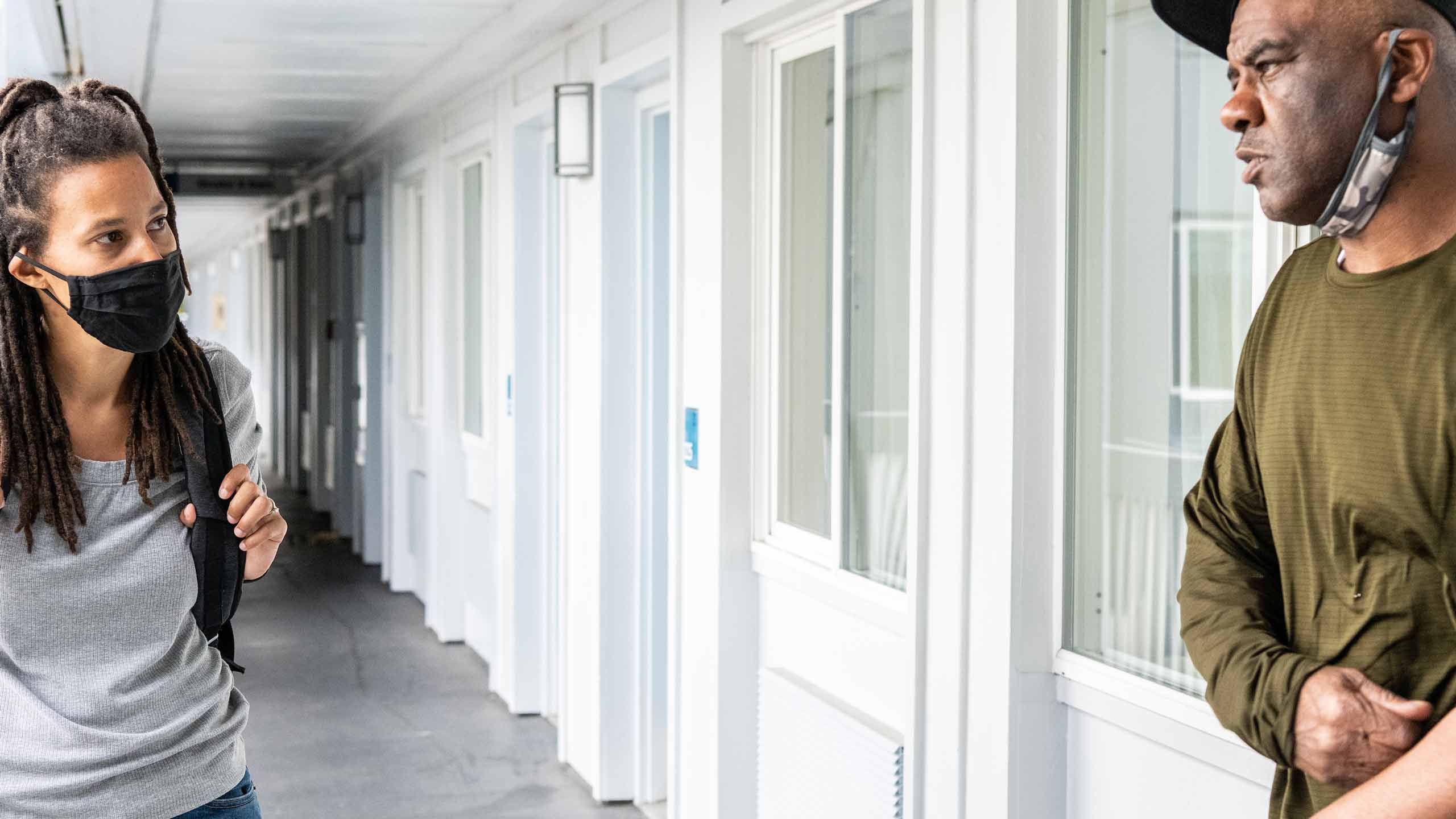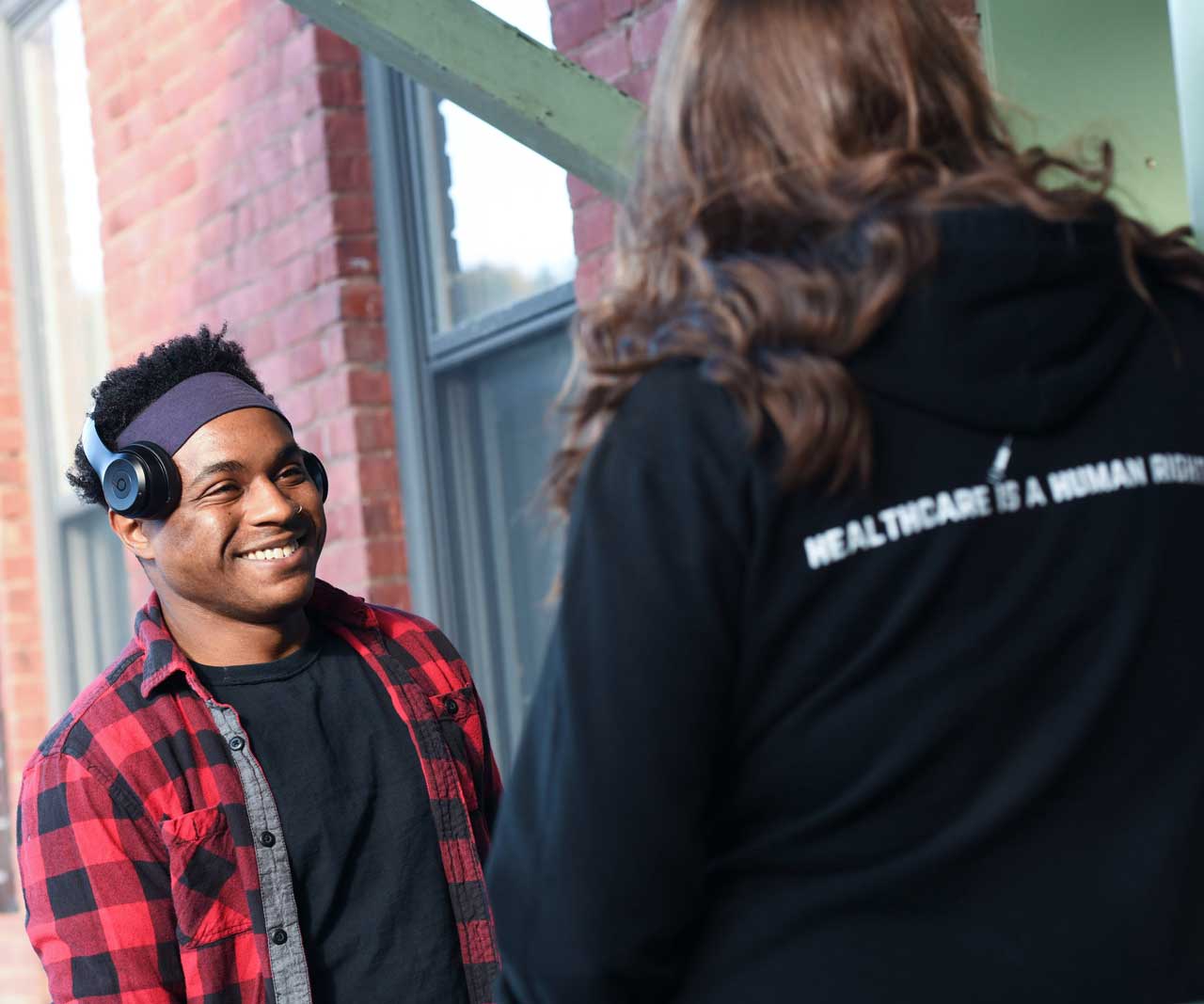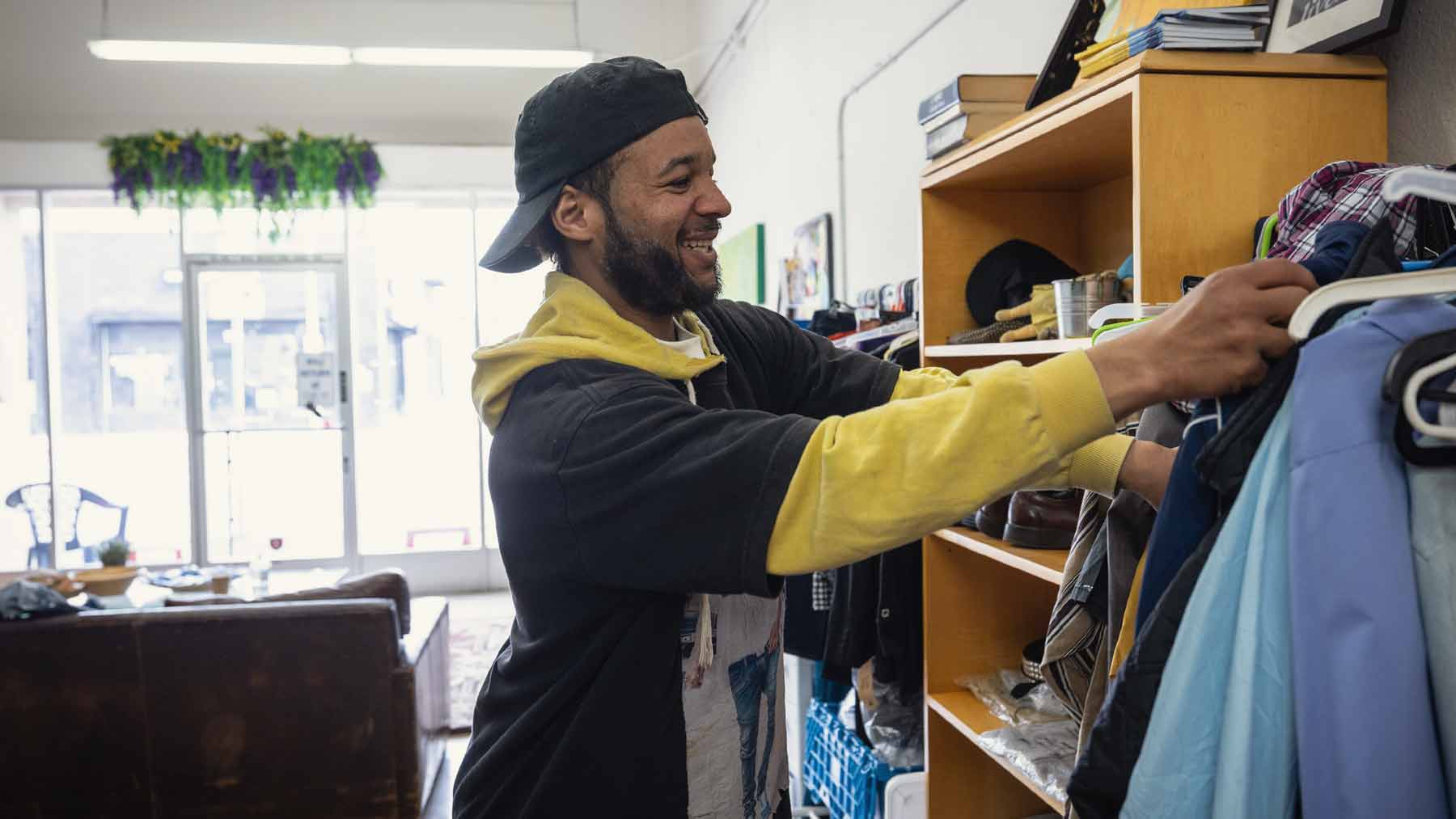LEAD

What is LEAD?
Systems change for better public safety
The Problem
Two-Thirds
Of all people booked into jail in the United States have a mental illness or problematic substance use.
Over 60%
Of people in jail are held for low-level misdemeanors or infractions.
Jail makes things worse
Studies show that spending even brief periods in jail can make it more difficult for a person to keep or find a job or housing while also increasing the likelihood of future incarceration.
Seattle · King County LEAD – Case Management Team Members

The Solution
Acknowledge
The crime, disorder, and suffering that can stem from unmet behavioral health needs are real, and their individual and collective harms must not be ignored.Collaborate
The LEAD model helps stakeholders develop a robust and ongoing collaborative framework to enhance community safety, equity, and well-being.Implement
LEAD’s collaborative framework helps diverse stakeholders align their policies, practices, and resources to build an effective, non-punitive system of response and care.
Who?
- Business Representatives
- Civil rights advocates
- Community members
- Community-based service providers
- Elected officials
- Prosecutors
- Police
- Public Defenders
- Public Health & Safety Agencies
Core values
Advance Racial Equity
LEAD seeks to shift discriminatory systems and decision-making through changes in policies, practices, beliefs, and investments, not only in the criminal legal system but in adjacent systems that have too often failed to provide sufficient or any assistance to people for whom only the criminal legal system has regularly responded.
do what works
All operational partners are asked to make decisions within their authority and discretion that are most likely to actually foster behavior change, based on individual circumstances and information available to them as a result of their participation in LEAD.
Respect autonomy
This evidence-based approach is both ethical and pragmatic.
Take harm seriously
This is a core principle of the harm reduction movement: Harm reduction does not attempt to minimize or ignore the real and tragic harm and danger that can be associated with illicit drug use. (National Harm Reduction Coalition, “Principles of Harm Reduction,” https://harmreduction.org/about-us/principles-of-harm-reduction/)
Key methods

What Makes LEAD Different
- LEAD is not a program – it increases public safety by creating a new system of collective response.
- LEAD is not a short-term crisis response – it offers ongoing case coordination.
- LEAD isn’t operated by the courts – it’s a community-based collaborative.
- LEAD’s commitment to harm reduction doesn’t mandate treatment or recovery.
- LEAD serves one specific population – people whose frequent unlawful or problematic conduct stems from unmet behavioral health needs.
- LEAD case management isn’t office-based – it meets people where they’re at.






